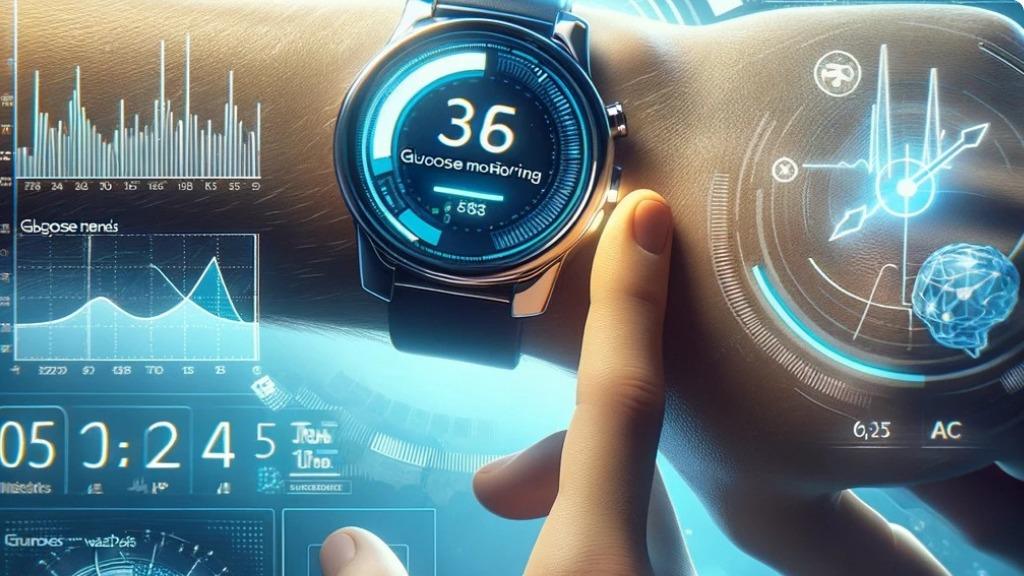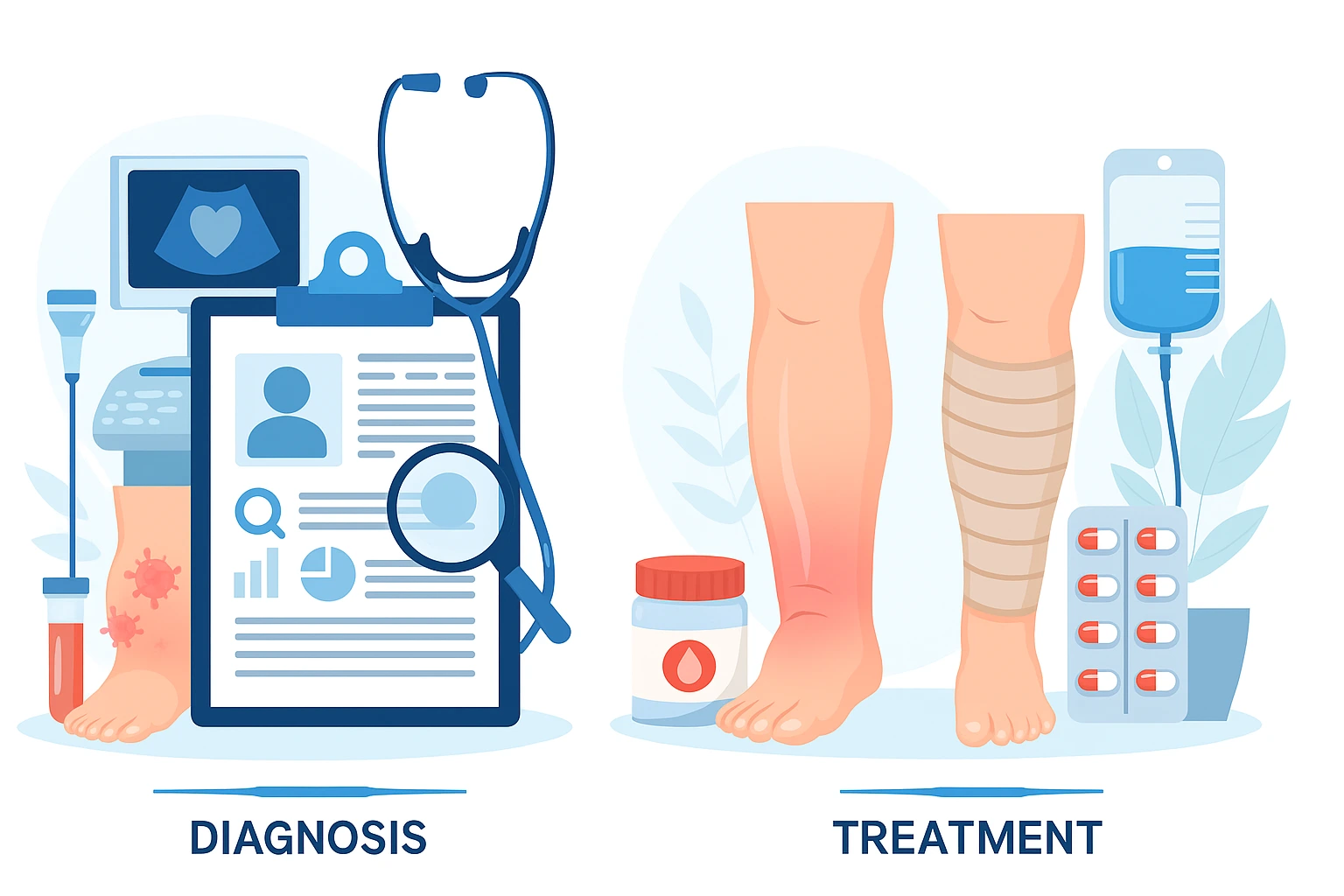Imagine a world where you can track your glucose levels in real-time without a painful finger prick. For millions of diabetics or those monitoring their blood sugar, this is no longer a future dream – this is reality. Glucose monitoring clocks are changing health management, providing a comfortable way to track glucose levels with ease and accuracy. But how do they work, and are they effective? In this article, we will discover what you want to know about this state-of-the-art wear.
Why a glucose monitoring watch matters
A game-changer for diabetes and health enthusiasts
Diabetes affects over 537 million people worldwide (International Diabetes Federation, 2021), and it is important to manage blood sugar levels to prevent complications. Traditional methods such as glucometer require persistent finger prick, which can be painful and uncomfortable.
Glucose monitoring clocks offer a non-invasive, continuous, and spontaneous option that empowers users to track their health. Even beyond diabetes, fitness enthusiasts and biohackers are using these watches to adapt their metabolism and overall well-being.
Major benefits of glucose monitoring watches
1. Pain-free, non-invasive tracking
Most glucose monitoring clocks use optical sensors or internal fluid analysis to measure glucose levels without pulling blood. This eliminates the discomfort of traditional methods.
2. Continuously, real-time monitoring
Unlike traditional glucometers, which provide a single reading, these watches provide 24/7 glucose tracking. This allows users to monitor fluctuations throughout the day and make data-driven health decisions.
3. Integration with smartphones and apps
Most devices sync with apps such as Apple Health, Google Fit, and third-party diabetes management platforms, allowing users to analyze trends, set alerts, and share data with healthcare providers.
4. Initial recognition and preventive care
For prediabetes individuals, glucose monitoring clocks provide insight into diet, exercise, and lifestyle options, helping prevent the onset of diabetes.
5. Personal insights and alerts
Advanced AI-operated features provide individual alerts when the level of glucose spikes or drops, allowing users to take immediate action.
How do glucose monitoring clocks work?
Break up technology
While different brands use different approaches, most glucose-monitoring watches depend on one of the following techniques:
- Electrochemical sensors – These detect glucose levels through sweat or internal fluid. Example: K’watch glucose and sugar beet.
- Optical This method uses light-based sensors to measure glucose molecules in the blood. Example: Apple (Patent Technology in Development).
- RF and ultrasound-based sensor models use radio frequency (RF) or ultrasound waves to assess glucose levels.
Top glucose monitoring watches in 2025
Here are some of the major equipment that set benchmarks in the industry:
1. Sugar beet
- Continuous glucose monitoring uses skin patches (CGM)
- Non-invasive and pain-free
- Compatible with both iOS and Android
2. K’watch glucose (pkvitality)
- Designed as a real smartwatch with built-in glucose monitoring
- Biosensor uses technology to track glucose levels.
- Provides real-time updates and information
3. Apple Watch (Future Development)
- Apple has filed a patent for non-invasive glucose monitoring.
- Expected to integrate with Apple Health for seamless tracking
- Once launched, a new industry can determine the standards
Common mistakes to avoid when using a glucose monitoring watch
1. Ignoring calibration
Some devices require periodic calibration as with a traditional glucometer. Not doing so can lead to wrong readings.
2. Over-existence without medical supervision
These watches are helpful tools, but they should not replace medical advice. Always consult a healthcare professional for important diabetes management decisions.
3. Improper Wear & Positioning
For accurate results, the sensor must be placed correctly on the skin. Misalignment can lead to fluctuating readings.
4. Ignore software updates
Manufacturers release firmware updates to improve accuracy and performance. Update your device regularly to ensure optimal functionality.
Future of glucose monitoring watches
1. More accurate and FDA
Many current models are in the experimental or regulatory approval stage. Expect more FDA-cleared options soon, making these devices even more reliable.
2. Integration with smart assistants and AI
Future glucose watches may integrate with Siri, Alexa, and Google Assistant, allowing for voice commands and smarter health recommendations.
3. Expanded market and lower cost
As technology advances, expect these devices to become more affordable and accessible to a wider audience.
Final Idea: Should you get a glucose monitoring watch?
If you have diabetes, you are prediabetic, or you simply want a deep insight into your metabolic health, a glucose monitoring watch is a game-changer. Still in its early stages, these devices provide promising benefits by reducing traditional glucose testing pain and discomfort.
If you are considering one, research the options approved by the FDA and consult your doctor.
Apple’s rumour should be updated on the upcoming release like a glucose-tracking smartwatch.
Follow us for more technology-driven health insight!
Glucose monitoring watches are more than 1 wearable – they are paving the way for a healthy, data-operated future. Are you ready to embrace change?




